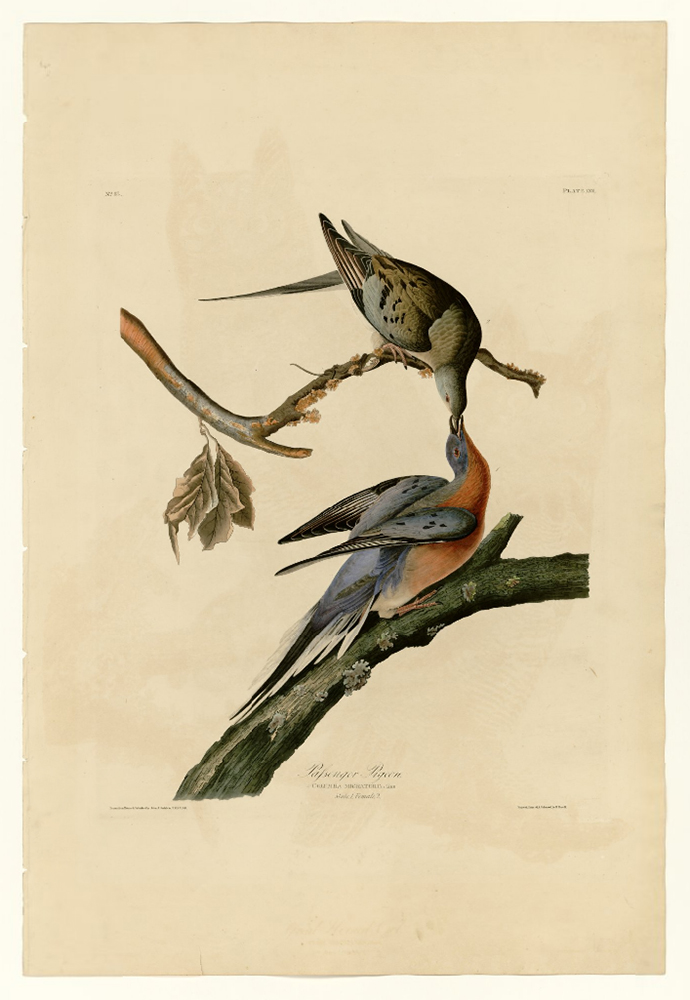I’ve been posting content related to animals/nature and art here for almost nine years, and I’ve somehow never included the work of John James Audubon, truly one of my favorite artists of all time. Last Monday night, I went to a screening of the film Audubon: John James Audubon and the Birds of America at the Hollywood Theatre, put on by the Audubon Society of Portland.
I was surprised to realize how little I knew of Audubon before seeing this film. I didn’t know that Mill Grove, the Audubon family farm where Audubon lived when he first came to the US, is in Pennsylvania, just outside Philadelphia; or that he and his wife, Lucy, started their family in Henderson, KY, near the Kentucky/Indiana/Illinois border. I knew that Audubon had ties to New Orleans (I had been to the Audubon Insectarium), but I didn’t know how much time he spent there or how strong the connection was (in New Orleans is the Audubon Nature Institute, which consists of the Audubon Zoo, the Audubon Aquarium of the Americas, Audubon Park, and more).
I had known the Audubon quote, “I wish I had eight pairs of hands, and another body to shoot the specimens” (it used to be the description on the Audubon blog I kept once upon a time) and had a love/hate relationship with it, but I appreciated that the film really emphasized the fact that while Audubon did kill the animals he depicted, he also spent a lot of time observing them in life. In fact, he couldn’t have made such accurate representations of the birds in movement if he didn’t know very well how they behaved in their natural habitat.
Last year there was a post about Birds of America, lauded as the world’s most expensive book, on Don’t Take Pictures. If you want to learn more about the production of this book, consisting of 435 hand-colored plates and depicting over 1,000 species of birds in life-size, that post is a great place to start.
All these images come from the University of Pittsburgh University Library System Digital Collections. The University of Pittsburgh owns one of the complete sets of Audubon’s Birds of America. Only 120 complete sets are known to exist. I tried to mostly include pieces that were featured in the film, but some of my favorites not mentioned snuck in there. I was happy that the documentary talked about my favorite Audubon piece, the Eskimo Curlew, the only dead bird (just dead, not being killed/eaten) that Audubon ever represented.
From “Birds of America”
Posted December 18th, 2017
















